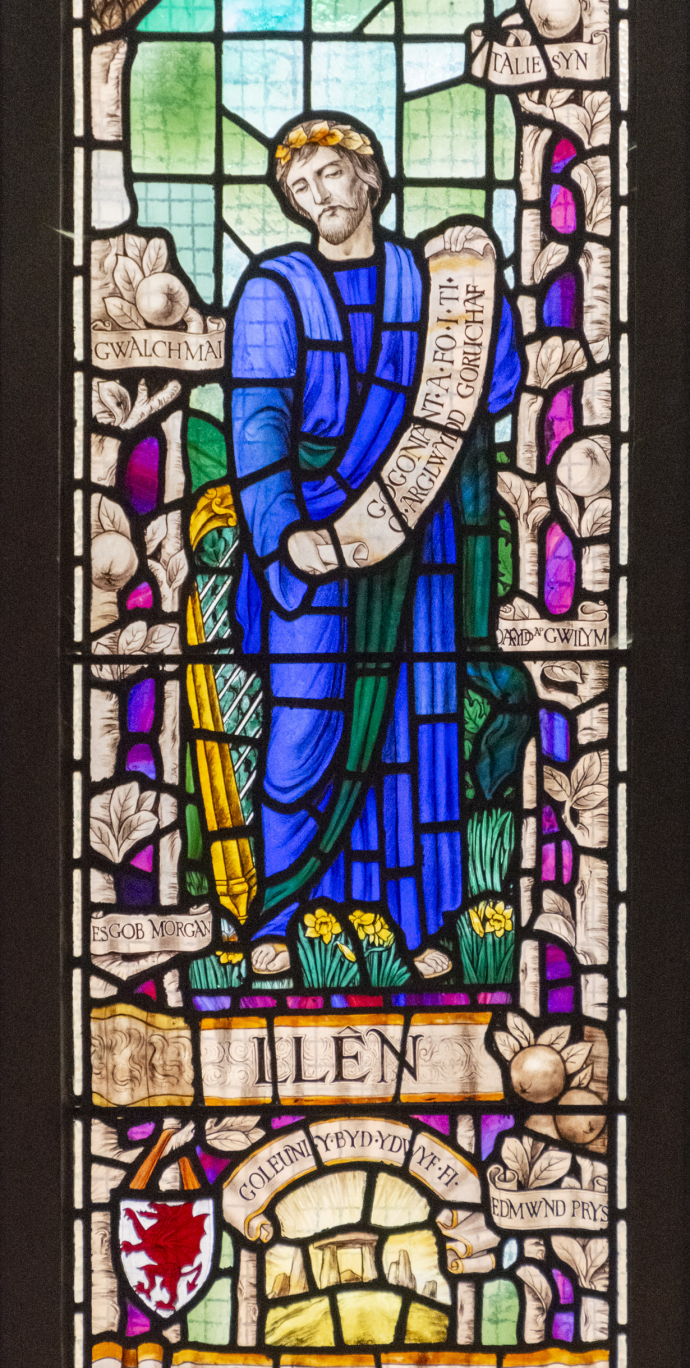New Research Project Explores the Role of Stained Glass in Local Communities
Important examples of stained glass face uncertain futures as their significance is often overlooked, leaving it vulnerable during redevelopment.

Losses have irreversible consequences for national heritage and local communities, leaving irretrievable gaps in our knowledge of the hundreds of stained glass artists and studios – a successful British industry that exported windows globally for more than a century.

Nineteenth and twentieth century stained glass is familiar as a defining feature of many places of worship, but is often overlooked and poorly understood. It can also be found in all kinds of other buildings, from town halls to theatres and country houses, and in diverse new forms in modern architecture.
Stained glass is also increasingly at risk as the buildings that it was made for close or undergo changes of use. Assessing significance is an essential part of managing change for historic buildings and this research project will provide new ways of evaluating stained glass to help prioritise funding for conservation and preservation.
Leading the project, Dr Martin Crampin said: “sweeping uninformed criticism has pervaded our assumptions about stained glass and has negatively influenced our perception of it as art. So much is of great quality, and has not been appreciated. Because there has been so little study of the medium, rare examples have not been recognised and are sometimes at risk. At the same time, there are so many stories behind stained glass, given their commemorative role, and they provide connections with local, regional and national histories. They can also help communities develop cultural and faith tourism narratives to bring visitors to historic churches.”
Building on research undertaken on stained glass in Wales by Martin Crampin at the Centre for Advanced Welsh and Celtic Studies over many years, the project will deepen our understanding of stained glass in Wales and also pioneer new survey of stained glass in neighbouring parts of England and Liverpool. Work by many of the same artists, designers and studios can be found across Britain, Ireland and globally, making the research internationally relevant.
Funded by the UKRI Arts and Humanities Research Council, part of UK Research and Innovation, the project will work with Cadw in Wales, Historic England and the Cathedrals and Churches Buildings Department of the Church of England.

Notes for Editors
Contact: Dr Angharad Elias (Admin Officer) a.elias@wales.ac.uk
1. The Centre for Advanced Welsh and Celtic Studies (CAWCS) was established by the University of Wales in 1985 as a dedicated research centre conducting team-based projects on the languages, literatures, culture and history of Wales and the other Celtic countries. It is located in Aberystwyth, adjacent to the National Library of Wales, which is an internationally-renowned copyright library with excellent research facilities.
2. CAWCS offers unique opportunities for postgraduate students to work alongside specialists in a dynamic and supportive environment. We welcome enquiries about MPhil/PhD topics in any of our research areas. For more information about research opportunities, or for an informal chat about possible topics, contact our Head of Graduate Studies, Dr Elizabeth Edwards: e.edwards@wales.ac.uk
3. CAWCS is the home of the Dictionary of the Welsh Language, which is celebrated its centenary in 2021: https://www.welsh-dictionary.ac.uk/
4. The UKRI Arts and Humanities Research Council (AHRC) funds internationally outstanding independent researchers across the whole range of the arts and humanities: history, archaeology, digital content, philosophy, languages and literature, design, heritage, area studies, the creative and performing arts, and much more. The quality and range of research supported by AHRC works for the good of UK society and culture and contributes both to UK economic success and to the culture and welfare of societies across the globe.
5. The online Stained Glass in Wales catalogue was launched in 2011 and now has over 8,000 images of more than 3,000 windows. It continues to expand as more windows are added: https://stainedglass.wales.
Further Information
Arwel Lloyd
Principal PR and Communications Officer
Corporate Communications and PR
Email: arwel.lloyd@uwtsd.ac.uk
Phone: 07384 467076
